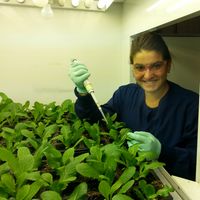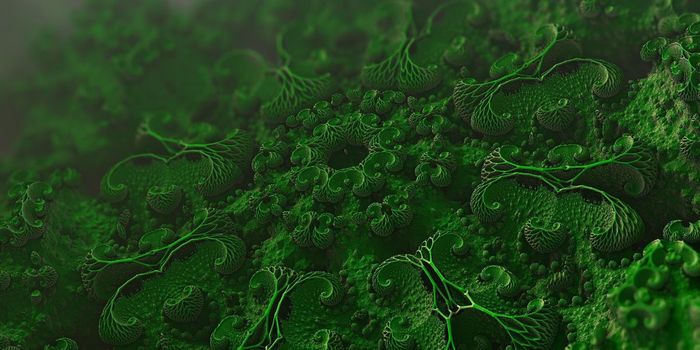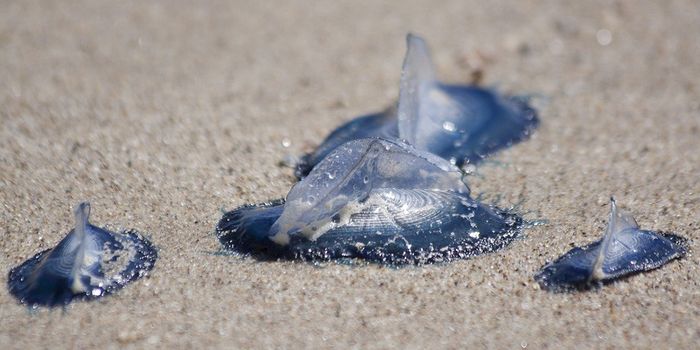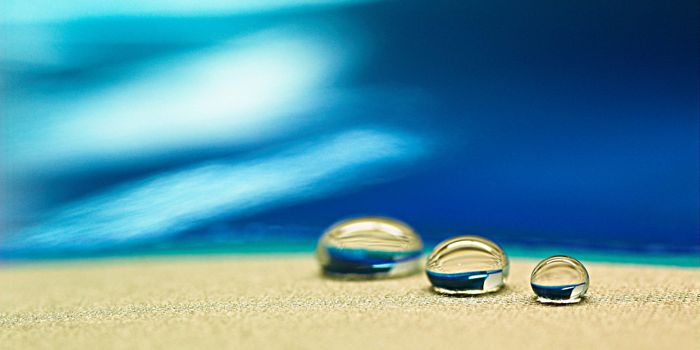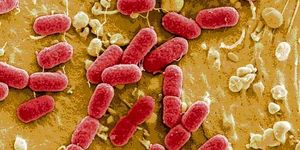The Drinkable Book was created by researchers at McGill University to help provide communities in need with clean drinking water. The book is an instruction manual for how and it is important to clean your drinking water. The pages of the book are made of thick sheets of paper which are embedded with silver nanoparticles. These nanoparticles are highly lethal towards microbes which may be found in water used for drinking. In addition the filters meet the United States Environmental Protection Agency's Guidelines for bacterial removal for drinking water. The silver ions in the nanoparticles are bioactive, meaning they have broad spectrum antimicrobial properties against a wide range of bacteria. Because the particles are so small, they contain a high surface area enabling them to spread the silver ions at a continuous level into their environment. Different shapes and sizes of nanoparticles can be developed in order to optimize use in different applications, such as in this case, water filters.
The creators of the Drinkable Book have teamed up with WATERisLIFE, which is a nonprofit organization contributing to the development of the prototype of the book before it is ready as a commercially available product. The goals of The Drinkable Book project are to (1) engage local communities in protecting and cleaning their drinking water, (2) Exploring other filter prototype designs to determine the best way to clean water using the pAge drinking paper technology and (3) Producing 1000 drinkable books. To donate to The Drinkable Book project visit The Drinkable Book.
Sources: The Drinkable Book, Nanocomposix
